Three big no-nos when it comes to frozen foods
Thank goodness for frozen meals! They’re a real life-saver when you just don’t have the time to cook up a feast for the family or for an upcoming dinner party. But there are also certain risks involved in freezing and thawing food, and if not done correctly, you could wind up contaminating dishes and making yourself and others very ill.
That’s no reason to swear off frozen meals, though; you just need to be familiar with what not to do when it comes to handling them. To assist you in this department, we’ve outlined three big no-nos when it comes to frozen foods.
THREE MISTAKES TO AVOID WHEN HANDLING FROZEN MEALS
1. IMPROPER PACKAGING
Whatever you do, don’t stick a meal straight into the freezer without ensuring that it’s properly packaged first. If frozen food is not sealed tightly, it’ll come into contact with air and be subject to what’s termed “freezer burn”. While freezer burn doesn’t compromise the safety of food, it does impact its colour, flavour and texture, making it fairly unpleasant to eat. So, make sure anything you freeze is wrapped in airtight packaging, and if you buy a frozen meal and notice that the wrapping is torn, be sure to reseal it in foil or impermeable plastic.
2. EXCEEDING RECOMMENDED FREEZER STORAGE TIMES
The fact is, food doesn’t become unsafe if you leave it in the freezer for too long, but it does become a lot less palatable. To retain quality and avoid wasting perfectly good meals, it’s best to adhere to the recommended maximum storage times for different food types – three to four months for frozen dinners, two to three months for casseroles, soups, stews and cooked meat, and four months for cooked poultry. To keep track of how long packages have been in the freezer, label and date every item before you store it. It’s also a good idea to draw up a meal plan for the month ahead that incorporates the frozen dishes you’ve bought or made so you’re sure not to forget about them.
3. DEFROSTING AT ROOM TEMPERATURE
Ever heard of the temperature danger zone? It’s the stretch between 4.4֯C and 60֯C when conditions are ideal for the growth of bacteria that can cause foodborne illnesses. If you thaw a frozen meal out on the kitchen counter or on the window sill, its temperature will eventually enter this unhealthy zone and anyone who eats it could get sick. There are several safer ways to defrost frozen food, including inside the refrigerator, in a cold water bath and in the microwave, so be sure to use these methods instead. Similarly, don’t let a frozen dish sit in your shopping trolley or in the car for too long between purchasing it and placing it in the freezer. Rather, make sure this is the last item you put in your basket, and then transport it home in a cooler box.
Now that you know how to properly handle frozen food, it’s time to stock up the freezer with some delicious, wholesome options. You may not be aware, but we at Food Matters recently launched our new range of FOMO Frozen Meals. Order options like Beef Stroganoff, Chicken Lasagne and Melanzane Parmigiana online and enjoy home-cooked convenience food at its finest.
